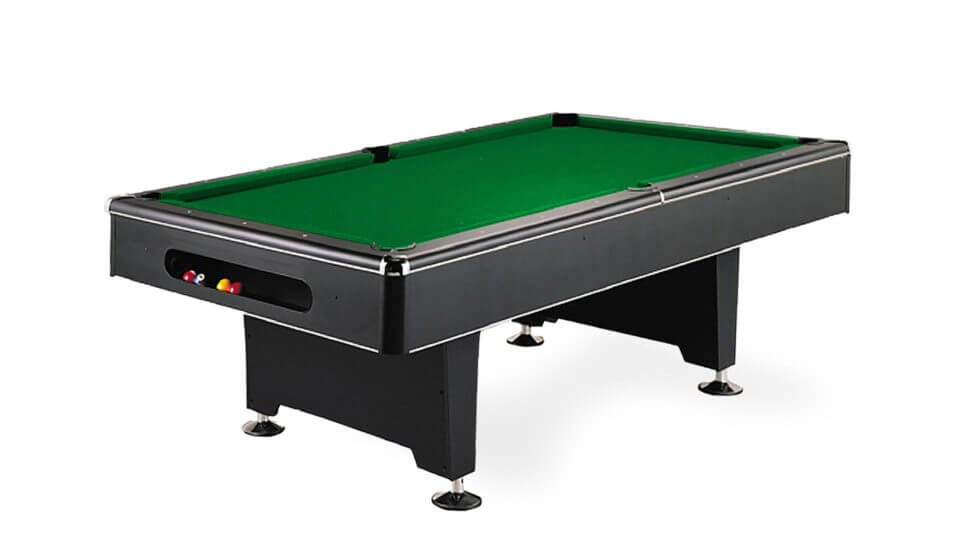
There are many options for making snooker ball from different materials. They are available in a variety colors and generally smaller than standard pool balls. These balls also have lighter tips and smaller cues. Similar rules and table size allow you to use the same cue. If you have a table and want to play snooker, here are some things to consider.
Snooker pool balls are available in many colors
There are many colors to choose from when it comes to snooker pool balls. While some colors complement and are neutral, others stand out. For example, blue and yellow poolballs complement each others. Other pool balls are made to create a unique look at your table. If you want to add a touch of class to your table, you can purchase a set of granite or Ultraviolet balls.
Although most pool balls are made of solid red, snooker uses many different colors. These balls can be blue, yellow or green as well as brown. The cueball itself is white. There are also striped balls.
Materials used to create snooker balls
Snooker balls can be made from many different materials. They were originally made from wood which was inexpensive and readily available all over the world. However, this material was not very long-lasting and it easily changed its shape. There were many other materials that could be used in place of wood. In the 19th century, the ball was made from ivory. The ivory balls cost a lot and could only four times be used per elephant.

Over the centuries, the materials used for making snooker pool balls have changed. Wood was a cheap material to work with, which is why it was the first material used. However, as time went by, Europeans started to develop a taste for other materials and began experimenting with these. In the seventeenth century elephant tusks were used for making pool balls.
Dimensions of a Snooker Pool Table
Snooker is larger than pool table and has more accessories. The ball must be controlled by the players and the playing area must be smooth. The cloth used for the playing surface can be either nylon or wool. These materials are more expensive than others, but can last for years. It is important to consider the size of the table as well as the materials it was made from when selecting the best table for your home.
There are three sizes to snooker tables. WPA tables have wide, angular pockets. WEPF tables have smaller pockets. WPA tables have pockets two to three times larger than standard snooker balls. The WEPF table has balls that measure two to one-fourth of an inch (51-54mm) while the WPA standard table has smaller balls.
Rules for playing snooker pool
There are many rules for snooker pool. The goal is to score as many points as possible against your opponent. This can be achieved by forcing your opponent foul a shot or potting balls. Flipping a coin determines who will win the game. Each player places their cueball anywhere within the D shape. The object of the game is to get the red ball into the pocket, which is the highest scoring.
Foul play is when the cue ball touches any ball that cannot be placed on. If the cueball hits another ball, the other player must move away from it. This applies even if the other player has nominated the ball.

Available snooker ball balls
Snooker is a form of pool that requires the use of snooker balls. Each snooker table set includes twenty-two snooker balls. This includes a rack of fifteen red and six white balls. To indicate their point value, the balls are often numbered. There are two main styles of snooker balls: the English style and the Aramith style.
There are many types of snooker ball materials. The earliest balls were made of wood because it was cheap to produce. Europeans became more interested in exotic materials as they developed a preference for ivory. By the 17th century, ivory became the preferred material for pool balls. Eventually, however, elephants' tusks became endangered and manufacturers sought to find alternatives.